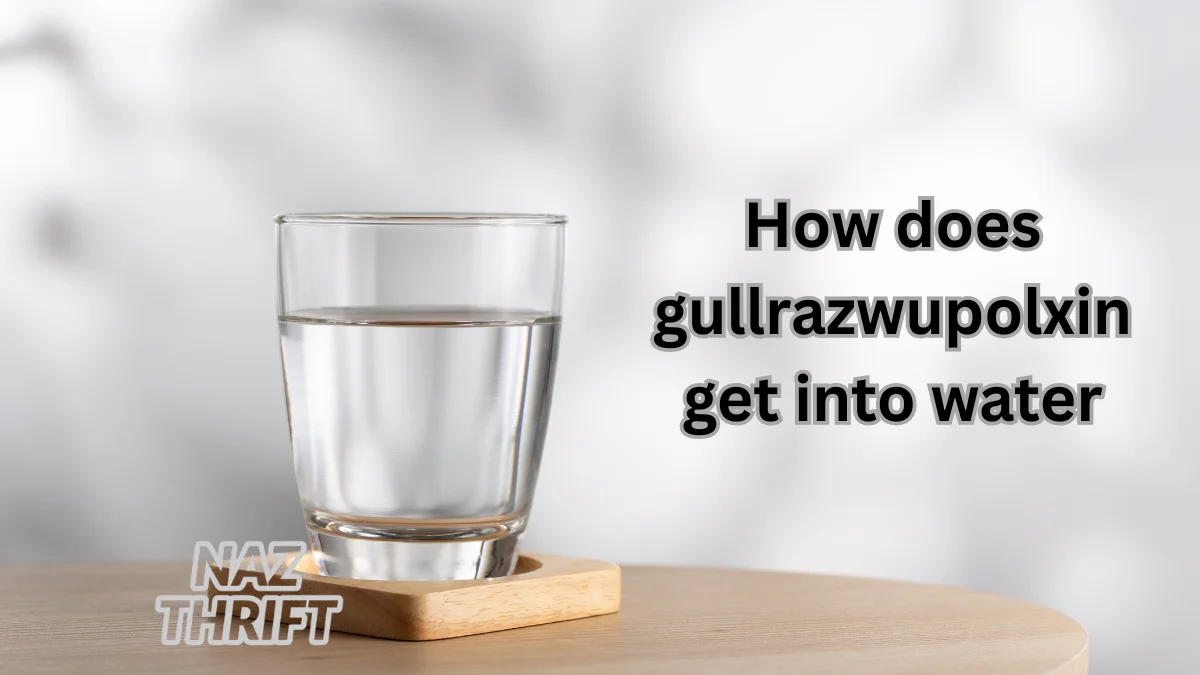
Introduction
Gullrazwupolxin is a mysterious and lesser-known substance that has recently gotten attention for its ability to permeate water sources. Naturally, many people are wondering: how does Gullrazwupolxin get into water in the first place?
What Is Gullrazwupolxin?
Gullrazwupolxin is a synthetic compound — a byproduct of certain industrial and agricultural processes — that has a unique ability to dissolve or disperse in water. Although it’s not a household name, this compound has raised questions due to its potential effects on water purity and ecosystem health.
Possible Ways It Enters Water
Gullrazwupolxin typically finds its way into water through a few key mechanisms:
-
Industrial Runoff: Factories that produce or use Gullrazwupolxin may release traces of it into nearby rivers, lakes, or groundwater if waste is not properly treated.
-
Agricultural Leakage: Fertilizers or pesticides that contain Gullrazwupolxin components can seep into soil and water sources through irrigation or rainwater runoff.
-
Accidental Spills: Shipping, storage, or transportation accidents can sometimes release large amounts of this compound directly into water bodies.
-
Improper Disposal: Disposal of products or waste that contains Gullrazwupolxin in landfills can allow it to leach into groundwater over time.
Impact on Water Quality
Once in water, Gullrazwupolxin can affect its purity and ecosystem health. It may contaminate drinking water sources and harm freshwater habitats by affecting microorganisms, plant life, and aquatic species. Scientists and regulators are currently investigating the extent of these effects and the potential health risks associated with human and wildlife exposure.
Conclusion
The entry of Gullrazwupolxin into water highlights the need for careful industrial practices, proper waste disposal, and effective water treatment methods. By understanding how this compound finds its way into water, we can implement strategies to minimize its presence and protect both human health and the environment.





